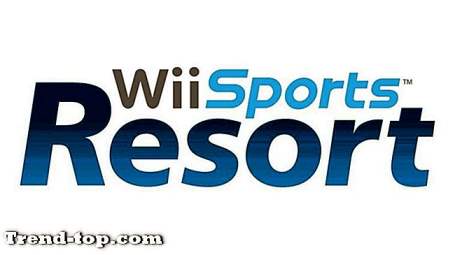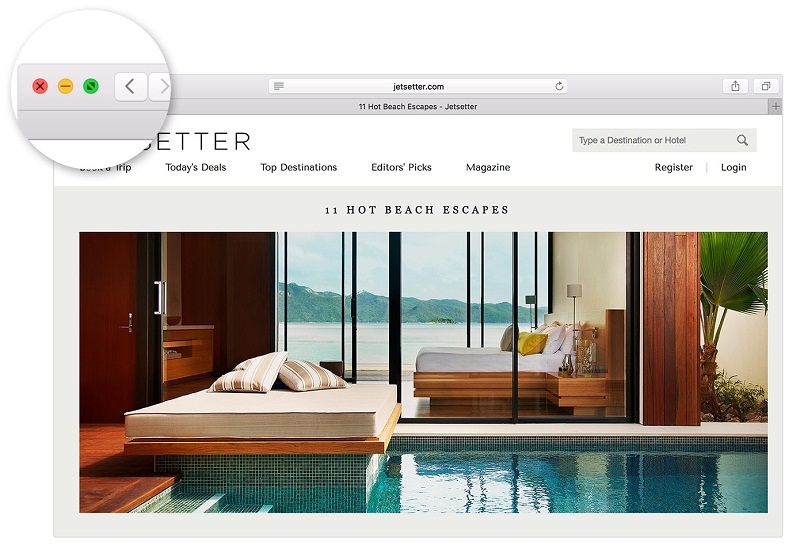Maco’s Mountain Resort, Jackson, Kentucky. Top of the world cabin. You can see Virginia on a clear day.
(Redirected from LastResort)
- Mac Resort Hotel Koh Chang, thailand. 2,005 likes 91 talking about this. โรงเเรม ใจกลางหาดทรายขาว ติดทะเล ใกล้ย่านช้อปปิ้งอื่นๆมากมาย.
- A multi-platform integrated development environment, REALbasic is used to create applications for Windows, Macintosh, and Linux. Help how to open: Try to use Resort Recipe or RealBasic which should support.rsd databases.
A fallbackfont is a reserve typeface containing symbols for as many Unicodecharacters as possible.[1] When a display system encounters a character that is not part of the repertoire of any of the other available fonts, a symbol from a fallback font is used instead. Typically, a fallback font will contain symbols representative of the various types of Unicode characters.
Systems that do not offer a fallback font typically display black or white rectangles, question marks, the Unicode Replacement Character (U+FFFD), or nothing at all, in place of missing characters. Placing one or more fallback fonts at the end of a list of preferred fonts ensures that there are no missing characters.

Unicode BMP Fallback font[edit]
The Unicode BMP Fallback font is a Unicode font that was originally created for debugging purposes. It contains a glyph for every character in the Unicode Basic Multilingual Plane. Each glyph consists of a box containing the four hexadecimal digits corresponding to the Unicode value.[2] The example to the left is a mock-up of the glyph for a space character (U+0020).
Unlike the Unicode Last Resort font, the Unicode BMP Fallback font displays a different glyph for each different Unicode character, but cannot display all Unicode characters. Because four hexadecimal digits can only represent 64K characters (0000=0, FFFF=65,535) the Unicode BMP Fallback is limited to the 64K characters in the Unicode Basic Multilingual Plane.
Resort Massage
Unicode Last Resort font[edit]
Sample glyphs from Apple's Last Resort font.
As of Unicode version 5.0, the Unicode consortium provides a fallback font to represent types of Unicode characters.This is a version of the macOS Last Resort system font, modified to work on non-Apple platforms and made available by Apple via the Unicode Consortium.[3]
The symbols provided by the Unicode Last Resort font place glyphs into categories based on their location in the Unicode system and provide a hint to the user about which font or script is required to view the unavailable characters. The symbols provided by the Unicode Last Resort font are square with rounded corners with a bold outline. In the left and right sides of the outline, the Unicode range that the character belongs to is given using hexadecimal digits. Top and bottom are used for one or two descriptions of the Unicode block. A symbol representative of the block is centered inside the square.[4]
Unlike the Unicode BMP Fallback font or the GNU Unifont, the Unicode Last Resort font displays the same glyph for many different Unicode characters. Using this one-glyph-per-block generalization allows the Unicode Last Resort font to contain a glyph for every character in Unicode despite the fact that the total number of Unicode characters exceeds the address space of an sfnt (TrueType and OpenType) font structure, which has a 16-bit glyph index that can store a maximum of 65,536 glyphs. Unicode has now over 100,000 defined characters, with a potential address space of over one million characters—over 15 times the sfnt size limit. Unicode Last Resort Font will therefore not break as Unicode continues to grow and the Basic Multilingual Plane (BMP) and surrogate planes fill up further.
Apple's Last Resort font[edit]
Apple's Last Resort font is a system font for the Macintosh operating systems that is identical to the Unicode Last Resort font (which was created for the Unicode consortium by Apple).[3]
Apple's Last Resort font was first included in Mac OS 8.5 in 1998, for the benefit of applications using Apple Type Services for Unicode Imaging (ATSUI). It is also used in macOS. In 2001, for Mac OS X 10.1 the Last Resort font design was revised to include the border text and was re-digitized, and extended by Michael Everson of Evertype, who continues to update it with each new release of Unicode.
GNU Unifont[edit]
The GNU Unifont is a font that contains a glyph for every character in the Unicode Basic multilingual plane.[5] Unlike with the Unicode BMP Fallback font or the Unicode Last Resort Font, the characters in GNU Unifont are low resolution bitmap approximations of each glyph, which results in character renderings which are of low quality but adequate to be a distinguishable graphical representation of a given code point.
The goal of the GNU Unifont project is to 'lower our expectations about the font quality to a reasonable degree' in order to obtain complete coverage of all Unicode characters.[6] To achieve this goal, all glyphs are 16 pixels in height and either 8 or 16 pixels in width.
A TrueType version of the GNU Unifont is available for free.[7]
See also[edit]
References[edit]
- ^Wichary, Marcin. 'When fonts fail'. Figma. Retrieved February 5, 2021.
- ^'Unicode BMP Fallback font'. SIL International. March 20, 2008. Retrieved June 10, 2019.
- ^ ab'Last Resort font'. Apple Computer. November 2, 2002. Archived from the original on October 23, 2011. Retrieved August 27, 2011.
- ^'Last Resort Font Glyph Table'. Apple Computer. February 2, 2002. Archived from the original on October 20, 2011. Retrieved August 28, 2011.
- ^'GNU Unifont Glyphs'. Unifoundry.com. September 7, 2008. Retrieved August 28, 2011.
- ^Czyborra, Roman (September 29, 1998). 'Proposal for a GNU Unicode Font'. Retrieved August 28, 2011.
- ^González Miranda, Luis Alejandro (January 23, 2008). 'GNU Unifont in TrueType format'. Archived from the original on December 30, 2011. Retrieved August 28, 2011.
External links[edit]
- Last Resort Font at Unicode.org
Retrieved from 'https://en.wikipedia.org/w/index.php?title=Fallback_font&oldid=1005044754#Apple's_Last_Resort_font'
Boot Camp Control Panel User Guide

After you use Boot Camp Assistant to install Windows on your Intel-based Mac, you can set the default operating system to either macOS or Windows. The default operating system is the one you want to use when you turn on or restart your Mac.
Resort Marco Island
Set the default operating system
In Windows on your Mac, click in the right side of the taskbar, click the Boot Camp icon , then choose Boot Camp Control Panel.
If a User Account Control dialog appears, click Yes.
Select the startup disk that has the default operating system you want to use.
If you want to start up using the default operating system now, click Restart. Otherwise, click OK.
You can’t change your startup volume to an external drive while you’re using Windows.
To learn how to change the default operating system using macOS, see Get started with Boot Camp.
Restart in macOS
In Windows on your Mac, do one of the following:
Restart using Startup Manager: Restart your Mac, then immediately press and hold the Option key. When the Startup Manager window appears, release the Option key, select your macOS startup disk, then press Return.
If you’re using a Mac notebook computer with an external keyboard, make sure you press and hold the Option key on the built-in keyboard.
Restart using Boot Camp Control Panel: Click in the right side of the taskbar, click the Boot Camp icon , then choose Restart in macOS.
This also sets the default operating system to macOS.
For more information about restarting in macOS, see the Apple Support article Restart your Mac in macOS or Windows.
See alsoGet started with Boot Camp Control Panel on MacTroubleshoot Boot Camp Control Panel problems on MacApple Support article: How to select a different startup disk